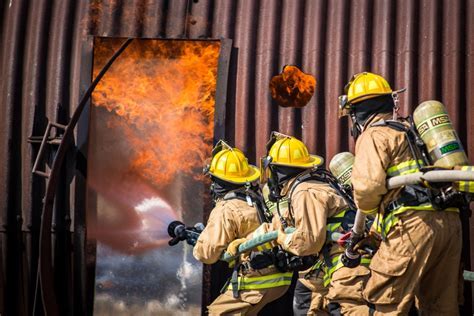EVANSVILLE, Ind. – University of Southern Indiana Men’s Soccer returns to the friendly surroundings of Strassweg Field looking to break a three-match losing streaking and get back into the hunt for a berth in the Great Lakes Valley Conference Tournament. The Screaming Eagles (5-7-0, 4-6-0 GLVC) welcomes Maryville University (10-2-1, 8-2-0 GLVC) Friday at 5:30 p.m. before concluding the homestand with Senior Day versus Missouri University of Science & Technology (5-6-1, 4-5-1 GLVC) Sunday at noon.
Game coverage for 2021, including live stats, video stream, and audio broadcasts, can be found on GoUSIEagles.com.
Fans can watch free of charge on the GLVC Sports Network (GLVCSN), which is available both on your desktop, mobile/tablet devices, as well as four over-the-top (OTT) platforms (Roku, Amazon Fire TV, Android TV and Apple TV). GLVCSN.com is the official website of the GLVC Sports Network, while the GLVCSN mobile app is available for iOS in the App Store and Android on Google Play. More information can be found at GLVCSN FAQs.
All broadcasts on GLVCSN are subject to weather or other unforeseen circumstances that could prevent the games from being broadcast.
USI Men’s Soccer Week 8 Notes:
USI in the GLVC: With four matches remaining in 2021, USI starts this week 10th in the Great Lakes Valley Conference standings with 12 points, four points behind a two-way tie for seventh between Lindenwood University and the University of Missouri-St. Louis. The top eight qualify for the GLVC Tournament slated to begin November 7 with the top four team hosting first round matches. The GLVC Tournament semifinals and finals are slated for November 12 and 14.
USI last week:Â The Eagles lost both ends of their road trip last weekend, falling at Drury University, 3-1, and at Southwest Baptist University, 1-0.
Barton, Schoenstein lead the Eagles in 2021: USI sophomore forward Zach Barton and freshman forward Zach Schoenstein (Evansville, Indiana) lead the Eagles in scoring this year with 13 points each (six goals and one assist). Sophomore midfielder Brian Winkler (Philpot, Kentucky) follows with 11 points on one goal and a team-high nine assists.
Santoro is USI’s all-time leader: Head Coach Mat Santoro is the program’s all-time leader in victories (109). Santoro, who has a 109-94-22 overall record at the helm, has guided the Eagles to a pair of NCAA II Tournament appearances; the 2018 GLVC regular season crown, and seven GLVC Tournament appearances during his tenure.
Maryville in 2021:Â Maryville is second in the GLVC with 24 points, on point behind front-running University of Indianapolis. The Saints were 2-0-0 last week, defeating UMSL, 2-1, in overtime and Lindenwood University, 3-1, and have won six-stright .
USI versus Maryville:Â USI has a 9-4-1 series lead over Maryville since the Saints joined the GLVC in 2008. Maryville has won the last two meetings, including last spring 3-0 in St. Louis, and three of the last five.
Missouri S&T in 2021:Â The Miners of Missouri S&T looking to break a four-match losing streak and a six-match winless streak. Missouri S&T, which visits the University of Indianapolis Friday night, lost a pair in double-overtime last week, 2-1, to McKendree University and UMSL at home.
USI versus Missouri S&T:Â The Miners lead the all-time series with Missouri S&T, 15-13-1, but USI has won the last four meetings. The Eagles took last season’s match-up in Rolla, 2-0.





